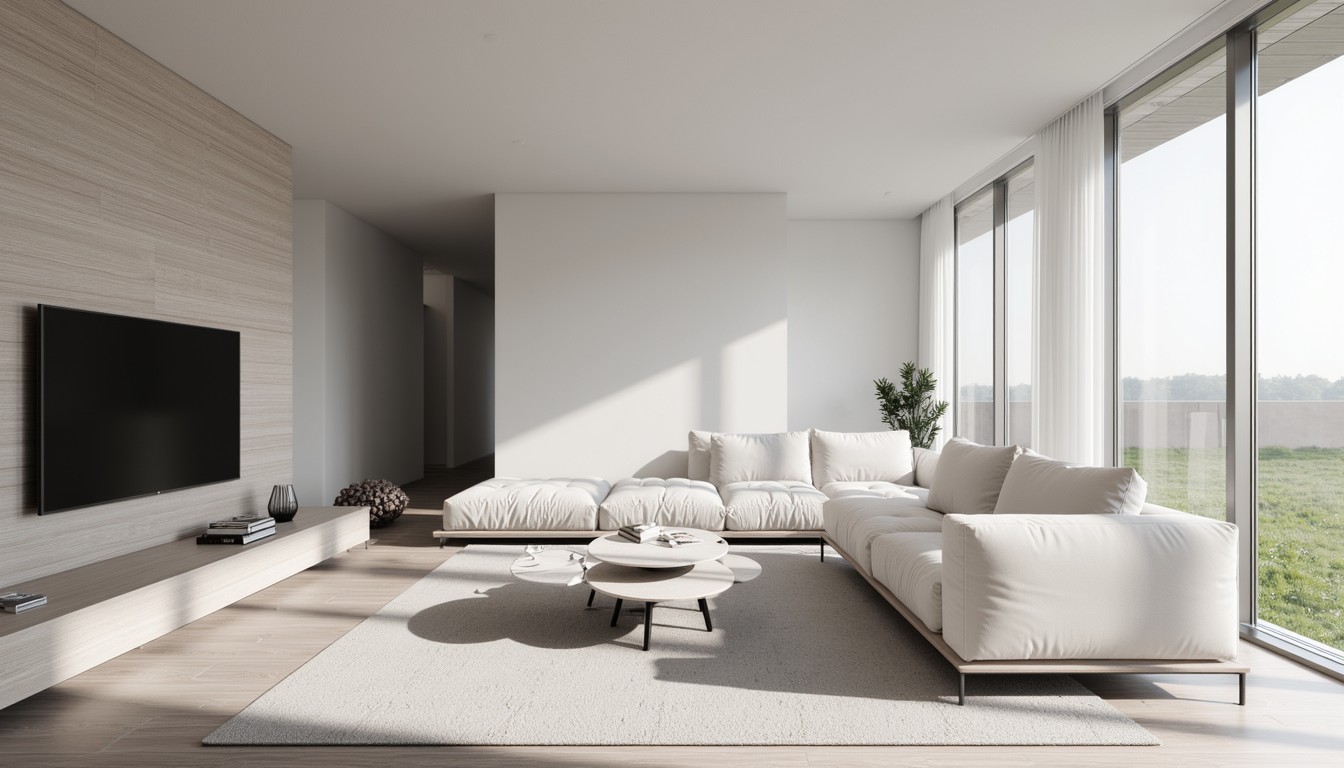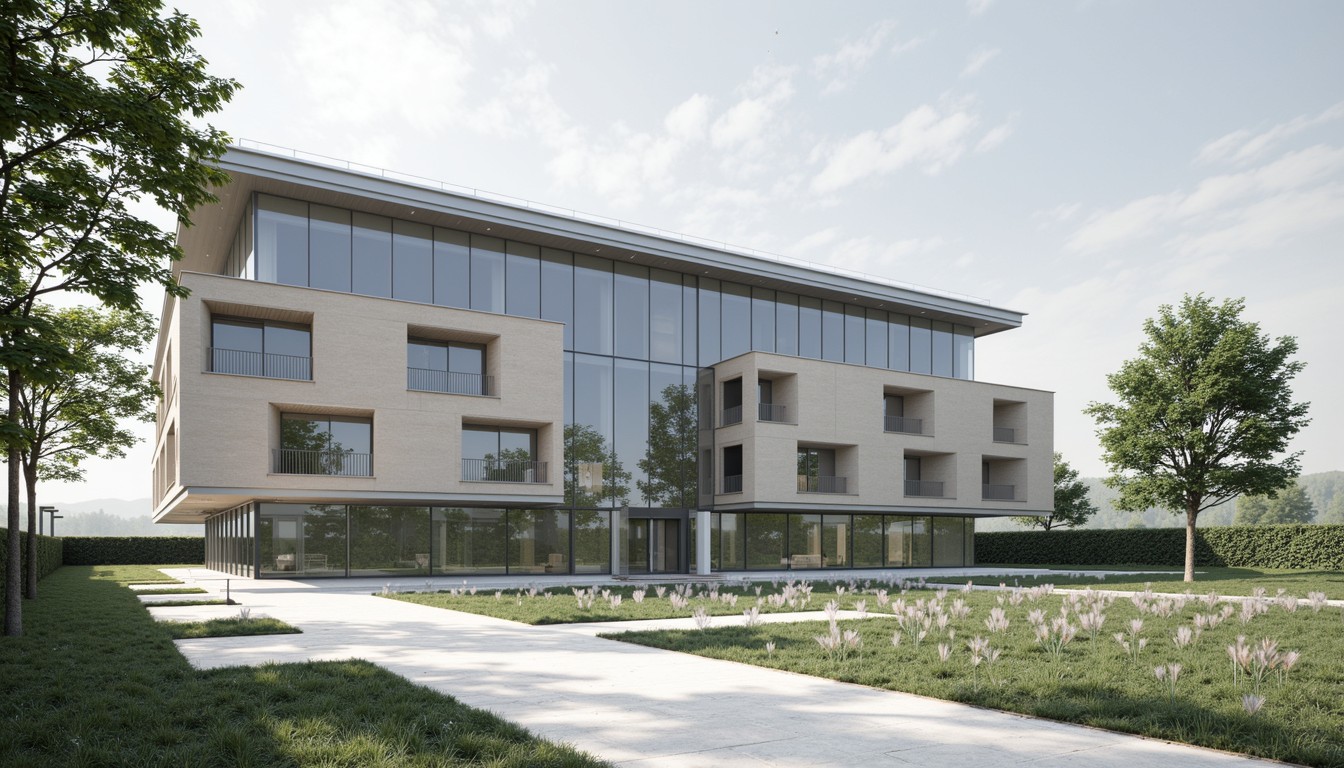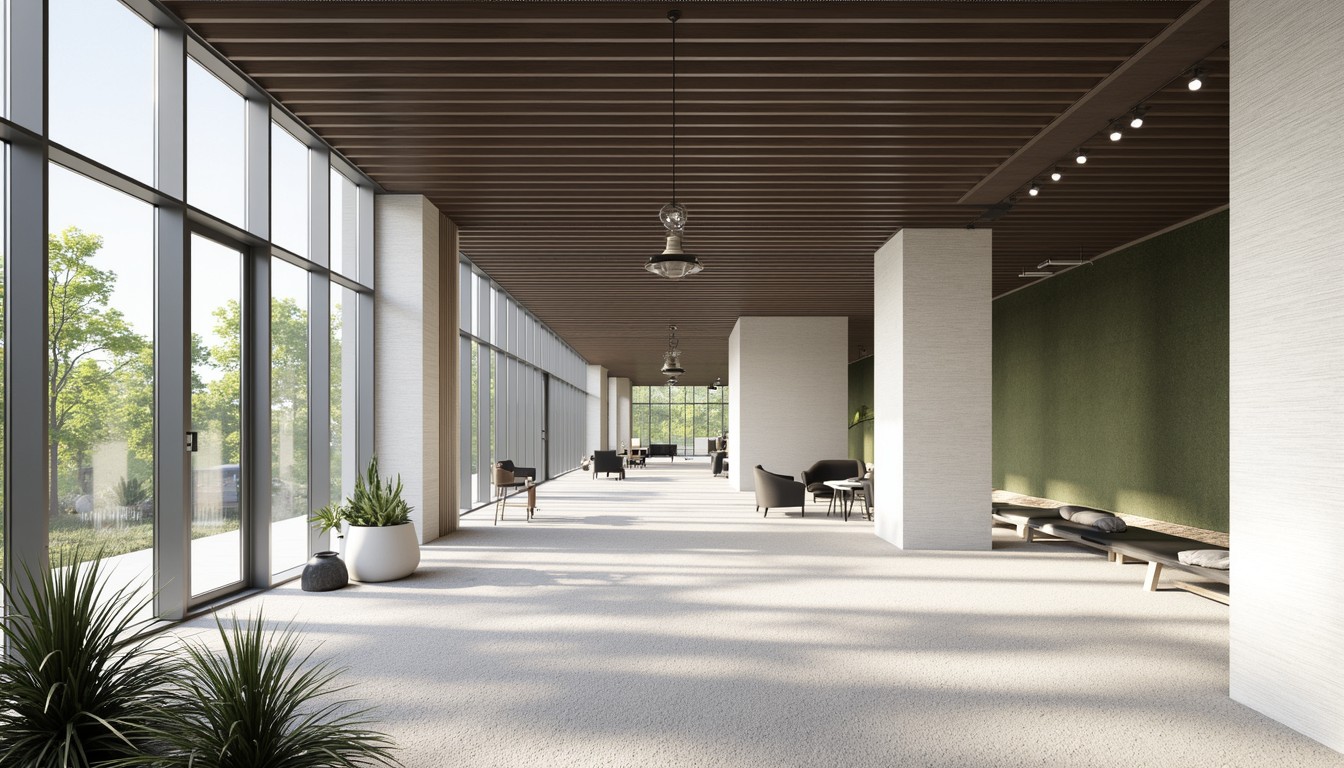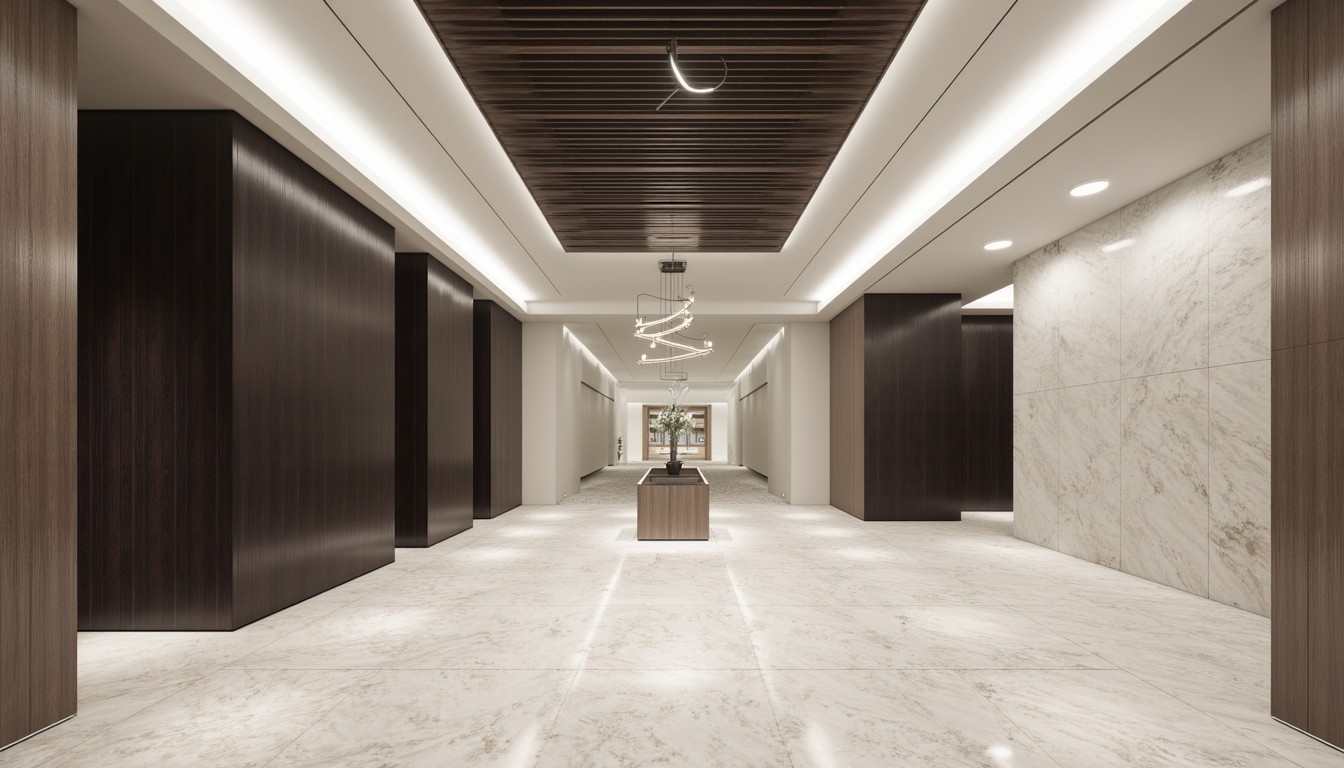VR in Architecture: Designing Tomorrow's Spaces
The architectural landscape is undergoing a dramatic transformation, driven by technological advancements that are reshaping how we design, visualize, and experience buildings. At the forefront of this revolution is Virtual Reality (VR), a powerful tool that's no longer a futuristic fantasy but a vital component of modern architectural practice. ArchNav understands the transformative power of VR and utilizes it to deliver unparalleled architectural visualization services.
Immersive Walkthroughs: Beyond Static Renderings

Traditional architectural presentations, relying on static renderings and 2D blueprints, often fail to fully capture the essence of a design. They struggle to convey the spatial relationships, light interplay, and overall atmosphere of a building. VR offers a solution by providing immersive walkthroughs that allow clients, architects, and stakeholders to experience the design as if they were physically present. This immersive experience fosters a deeper understanding of the space, revealing subtle details and potential issues that might otherwise be overlooked.
Imagine walking through your future home before a single brick is laid, experiencing the flow of light throughout the day, or feeling the scale of a grand hall. This is the power of VR in architectural visualization. ArchNav's expertise lies in creating highly realistic and detailed VR environments, ensuring an accurate representation of the final product.
Enhanced Client Collaboration and Feedback
Client communication is paramount in architecture. VR significantly improves this process by enabling seamless collaboration and feedback gathering. Instead of relying on lengthy explanations and potentially misinterpretations of 2D plans, architects can guide clients through the virtual space, directly addressing concerns and incorporating feedback in real-time. This interactive approach leads to more informed decisions, reduces revisions, and ultimately, increases client satisfaction.
ArchNav leverages VR to facilitate collaborative design sessions, allowing architects and clients to explore different design options together, making informed decisions based on a shared, immersive experience. This collaborative approach ensures the final design truly reflects the client's vision.
Early Problem Detection and Design Optimization

VR's ability to immerse users in a virtual environment allows for early detection of design flaws and potential problems. Issues with spatial flow, inadequate lighting, or clashes between elements can be identified and addressed during the design phase, minimizing costly revisions later in the construction process. This proactive approach reduces construction delays and saves significant time and resources.
ArchNav utilizes VR to meticulously examine every aspect of a design, identifying and resolving potential issues before they escalate into larger problems. Our expertise ensures a smoother, more efficient design and construction process.
Real-World Applications of VR in Architecture
The applications of VR in architecture are vast and continue to expand. Beyond residential projects, VR is transforming the design of:
- Commercial spaces: Retail stores, offices, and hotels can be realistically visualized, allowing for optimized layouts and improved customer experience.
- Healthcare facilities: VR aids in planning hospital layouts, ensuring efficient workflows and patient comfort.
- Urban planning: VR allows urban planners to visualize and simulate the impact of new developments on existing urban environments.
- Landscape architecture: VR enables the visualization of landscape designs, allowing clients to experience the proposed spaces before implementation.
The Future of VR in Architectural Design

The integration of VR in architectural design is not just a trend; it's a fundamental shift in the way buildings are conceived and created. As VR technology continues to evolve, we can expect even more sophisticated applications, including:
- Haptic feedback: Adding a sense of touch to the VR experience, enhancing realism and immersion.
- AI-powered design assistance: Using AI to optimize designs based on VR simulations and user feedback.
- Enhanced collaboration tools: Developing more sophisticated tools for collaborative design within VR environments.
ArchNav: Your Partner in VR Architectural Visualization
ArchNav is at the forefront of this technological revolution, providing cutting-edge VR architectural visualization services to clients worldwide. Our team of experienced architects and visualization specialists utilizes the latest VR technology and techniques to create immersive, realistic, and highly detailed virtual environments. We understand the nuances of architectural design and leverage VR to enhance communication, optimize design, and deliver exceptional results. Partner with ArchNav to design tomorrow's spaces, today.
